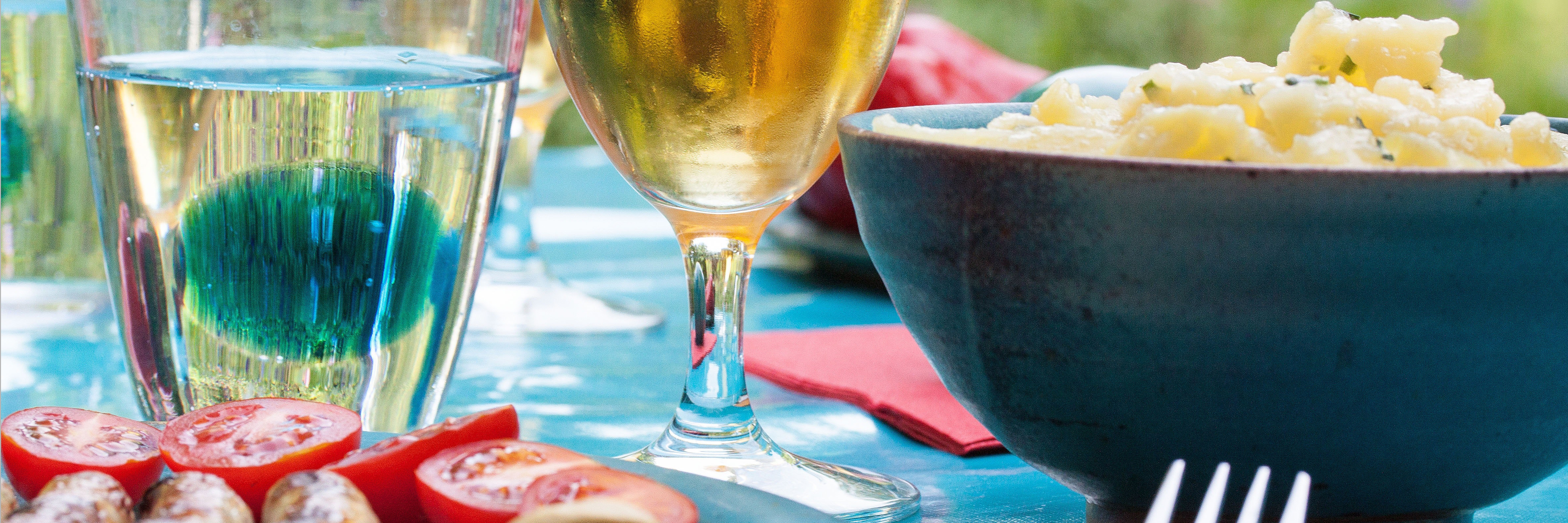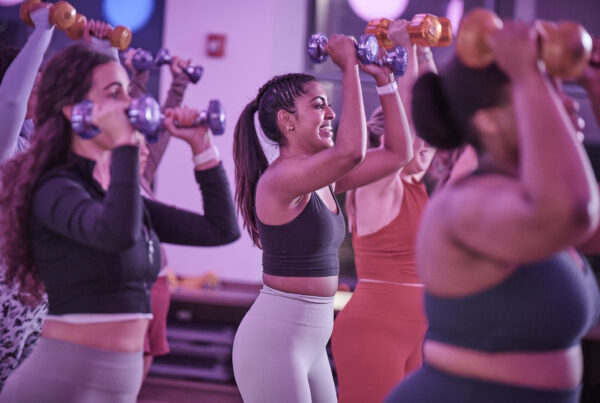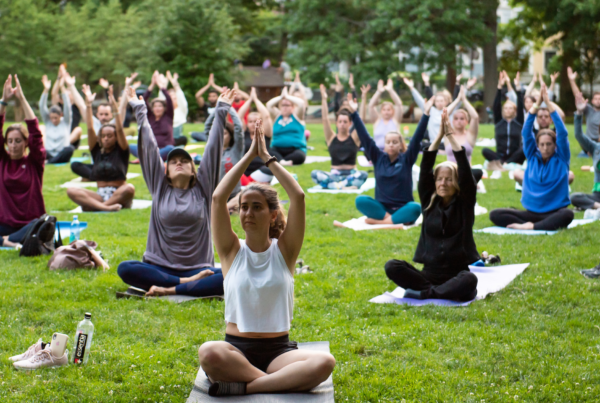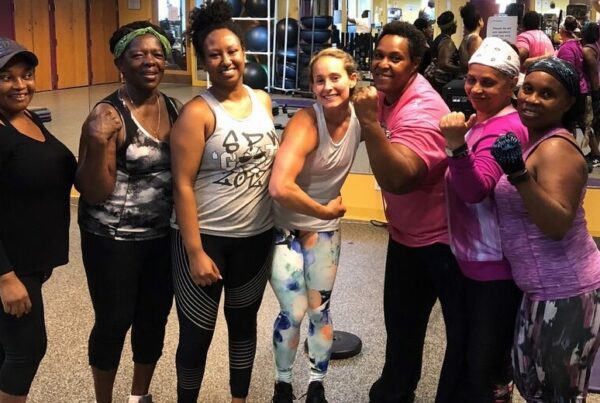Gotta love those outdoor events! Picnics, cookouts, pool parties, birthdays, bachelorette weekends — all with tables of food to keep the party going. While it’s important any time of year, it seems especially pertinent when summer heat is a factor. Let’s review the basics of food safety to help you decide, as the party planner, how to manage your food situation; or as the party goer, whether to skip the spread.
Food Safety 101
Almost all foods can grow bacteria in the right conditions. It’s not always pathogenic, illness-causing bacteria, but to eliminate the risks of that there are some things we need to keep in mind. Bacteria need 6 things to grow, and it can be summed up in a neat little acronym: FAT TOM.
FAT TOM stands for food, acid, time, temperature, oxygen, and moisture. These are the conditions in which bacteria thrive: it has food, a slightly acidic environment, a couple hours to incubate at a moderate temperature, along with water and air. Sealed in airtight containers in a dark, cold refrigerator we eliminate most of these risks. Out in the sun, however, food only has a couple hours before quick action is needed to maintain food safety.
How Long is Too Long?
We refer to critical food temperatures as “the danger zone:” when the food itself is at a temperature of 41F-135F, it is at the perfect temperature for bacterial growth. Typically coming from the refrigerator or the oven, food has about 2 hours before its internal temperature acclimates to match that of the environment. When temperatures are over 90F and food is outside, cut that down to an hour.
To maximize the time of food outside “the danger zone,” make sure to grill to an internal temperature of 165F. This is the safest temperature for killing any bacteria present in food and provides the longest amount of time before food falls to the outdoor temperature.
Takeaway:
- In the summer heat, shade the food area as much as possible to keep the temperature from climbing too fast.
- Serve your friends and yourself and then get the food inside, either to a warmer already set to temperature or into the refrigerator. Allow the second round to be self-serve inside!
- Cook foods to an internal temperature of 165F. You can periodically monitor with a food thermometer, about every 15 minutes to gauge the speed of the change and when to pull the food.
- Keep a couple empty coolers full of ice and covers to quickly transfer food if you’d rather not run everything in the house in the middle of the meal.
Follow basic food principles of keeping hands, surfaces, and utensils clean with warm soap and water throughout the cooking and serving process. Separate raw meat plates and utensils from cooked meats and other food. Use paper towels rather than dishrags to minimize cross-contamination!








